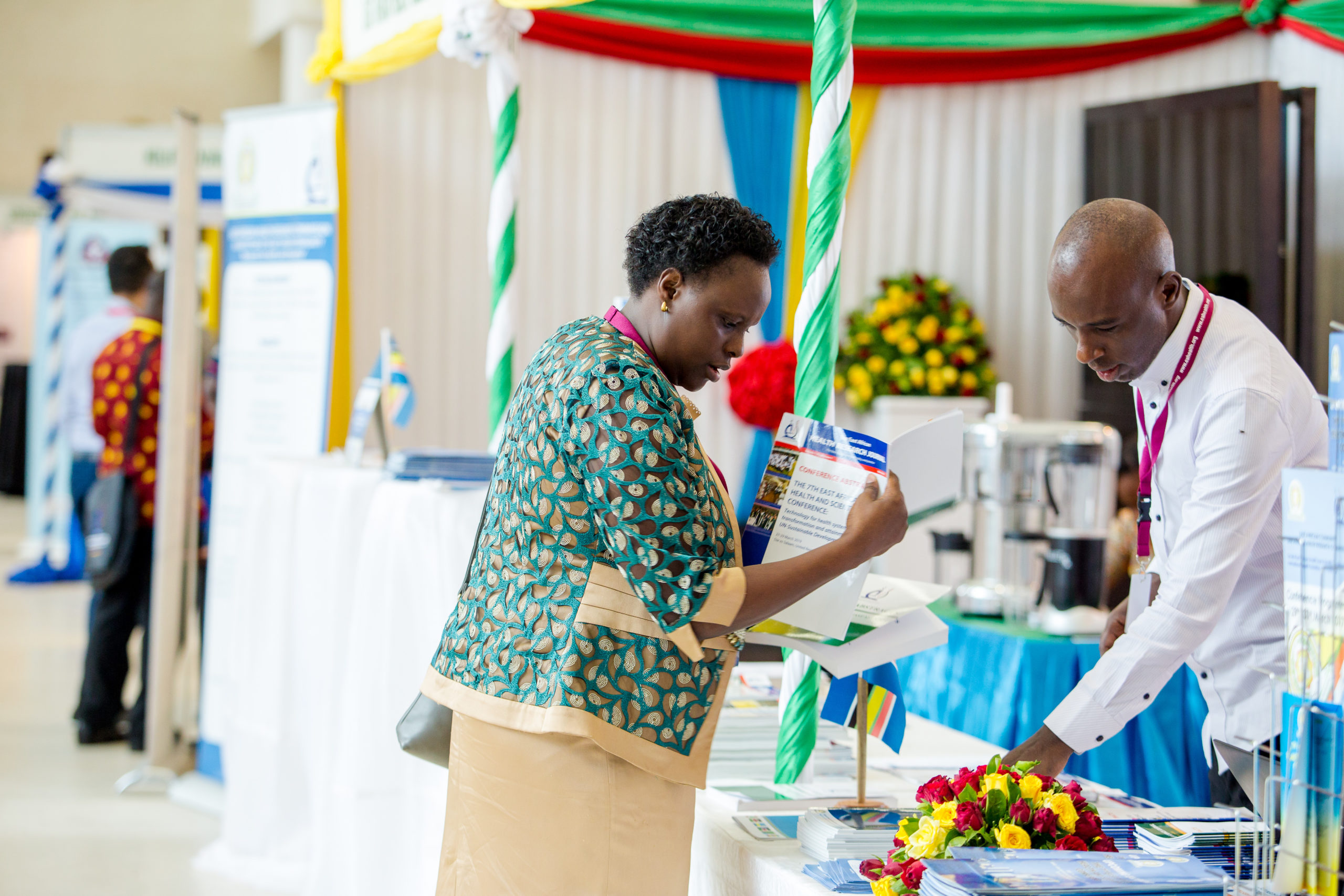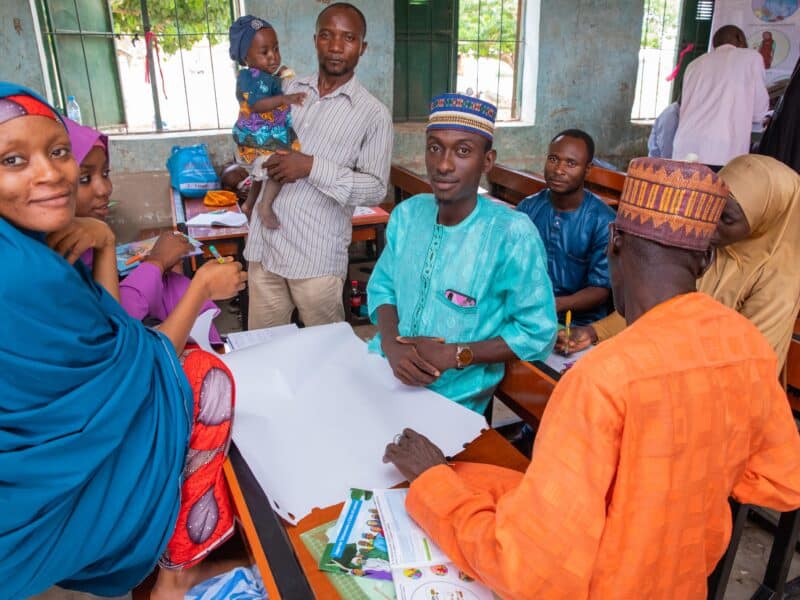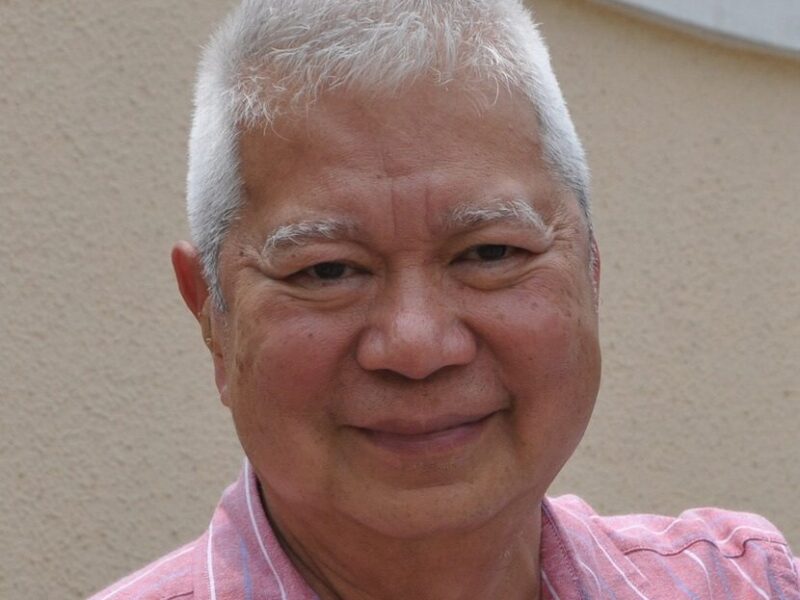The world of scientific publishing expanded in early 2017 when the East African Health Research Journal (EAHRJ) put out its first issue.
Designed to encourage East African scholarship and shine a spotlight on young and emerging scholars, the no-fee, open-access, peer-reviewed journal was established with funding from the U.S. Agency for International Development – and with the help of its Knowledge for Health (K4Health) project led by the Johns Hopkins Center for Communication Programs.
Research that is done locally in East Africa — conducted by people who have witnessed the health challenges within their own countries, communities, and families — is uniquely positioned to influence policy and practice, arguably more so than evidence that comes from outside the region or is conducted by visiting researchers.
The EAHRJ is particularly committed to shining a spotlight on young and emerging East African scholars who are seeking experience with the publishing process.
“We hope that over time, our success will not be measured by the number of contributions to our journal, but by how many young East African scientists are now publishing with other major journals in the world because of our mentorship and these opportunities,” says EAHRJ’s founding editor-in-chief, Professor Gibson Kibiki.
K4Health publishes the Global Health: Science and Practice (GHSP) journal, making it a perfect partner to train and mentor staff from the East African Health Research Commission and prepare them to publish the journal independently. Building institutional capacity and the skills and capacity of local writers and editors who are invested in improving the lives of fellow East Africans will strengthen the journal’s long-term success and sustainability. Once the K4Health project ends in September, the East African Health Research Commission will assume full ownership of its product.
CCP’s Natalie Culbertson, who serves as GHSP’s managing editor, helped lay the groundwork for EAHRJ by working with staff members to set up tried and true systems, processes, and approaches, and has provided regular virtual technical assistance to develop staff capacity.
“Having researchers be self-sufficient with the skills and knowledge they need, they’ll be able to drive the policy and research agendas for their own countries,” she says. “Once they’re able to identify the areas that need attention, whether it’s through programs or some other intervention, the country can make those decisions. Any country that is able to solve its own problems is going to be a more stable country.”
Andrew Mataya, an East African medical school graduate with a passion for scientific and biomedical editing has played a key role in the success of the EAHRJ as production manager.
Mataya sees his time at the journal as a valuable opportunity for skills-building and professional development. He also believes strongly in the journal’s mission and acknowledges the importance of cultivating a culture of local scholarship.
“The people who are most familiar with the region and its issues are the people who are best placed to set priorities and come up with context-specific strategies and solutions,” he says. “These are also the people who will pass on this knowledge, and the motivation to implement these strategies and solutions, to future generations. Ingenuity, efficiency, and productivity come more easily to people who are passionate about their work. It’s easier to be passionate about home than about elsewhere.”
After successfully launching the journal at the East Africa Health and Scientific Conference in Burundi in March 2017 with approximately 500 attendees, the East African Health Research Commission has since published four regular journal issues and one supplementary issue. Commission staff regularly distribute printed copies of the issues at conferences and offer digital versions for download online. Readers have visited the journal’s website more than 6,000 times and downloaded the issues 2,000 times.
To ensure sustainability, the journal recently hired a new managing editor, Harriet Nabudere. A trained physician from Uganda with more than a dozen years of recognized public health research experience in East Africa, Nabudere is a natural fit for the position.
She has been mentored by K4Health for the role and is poised to take over management of the overall editorial production schedule. When asked what has been the most rewarding part of the process, Nabudere says: “Young researchers expressing satisfaction at being published for the first time!”
Kibiki, the journal’s founder, says he is dedicated to ensuring the journal becomes internationally recognized. His ultimate focus is not on the success of the journal itself, but on the region it serves.
“Coming from academia, I know there is a host of literature that has not been published and therefore will never be seen unless we find a way to bring it forward,” he says. “Most of this literature is from young scientists who have not gained the confidence to publish, so we thought we can also support them. This journal will be used as a way to mentor them, to build capacity, so later they can publish elsewhere.”





